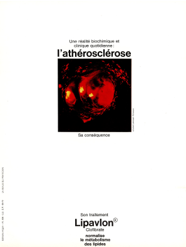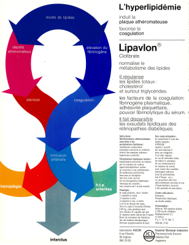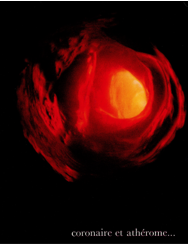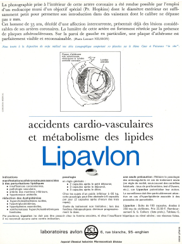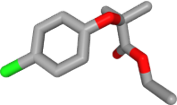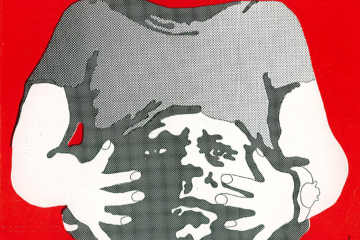The active principle of Lipavlon® is the well-known molecule called clofibrate, the leading member of the fibrate family of hypolipidemic agents. It has been extensively used, still today, to treat hyperlipidemia, reducing plasma levels of triglycerides and cholesterol. The drug increases in steroid excretion, notably the excretion of cholesterol into the bile and feces, without stimulating cholesterol synthesis. Therefore, the drug reduces the very low-density lipoprotein (LDL) fraction rich in triglycerides, by stimulating the activity of extrahepatic lipoprotein lipase and global lipolysis. This action is essential because LDL cholesterol levels are believed to predispose to atherosclerosis and its complications, acute myocardial infarction, cerebrovascular ischemic stroke and peripheral vascular disease.
Several fibric acid derivatives (fibrates) have been used to lower plasma lipids, particularly triglyceride levels. Clofibrate is an agonist of the hepatic peroxisome proliferator activated receptors (PPAR-α) which regulate gene transcription of enzymes involved in lipid synthesis and secretion, in diverse tissues, such as muscles and the liver. It helped to reduce cholesterol stored in tissues. The drug was largely used until the beginning of years 2000s but has been withdrawn from use (in 2002 in the US) because of its side effects and lack of long-term effect in reducing cardiovascular mortality. Its analog fenofibrate remains in wide scale use and Clofibrate remains used in some countries today.
The tunnel-like view shows a coronary artery with an obstructive atheromatous plaque which reduces the diameter of the vessel and thus the blood flow. The fibrate drug helps to restore the normal flow, bringing back the light and the life.
